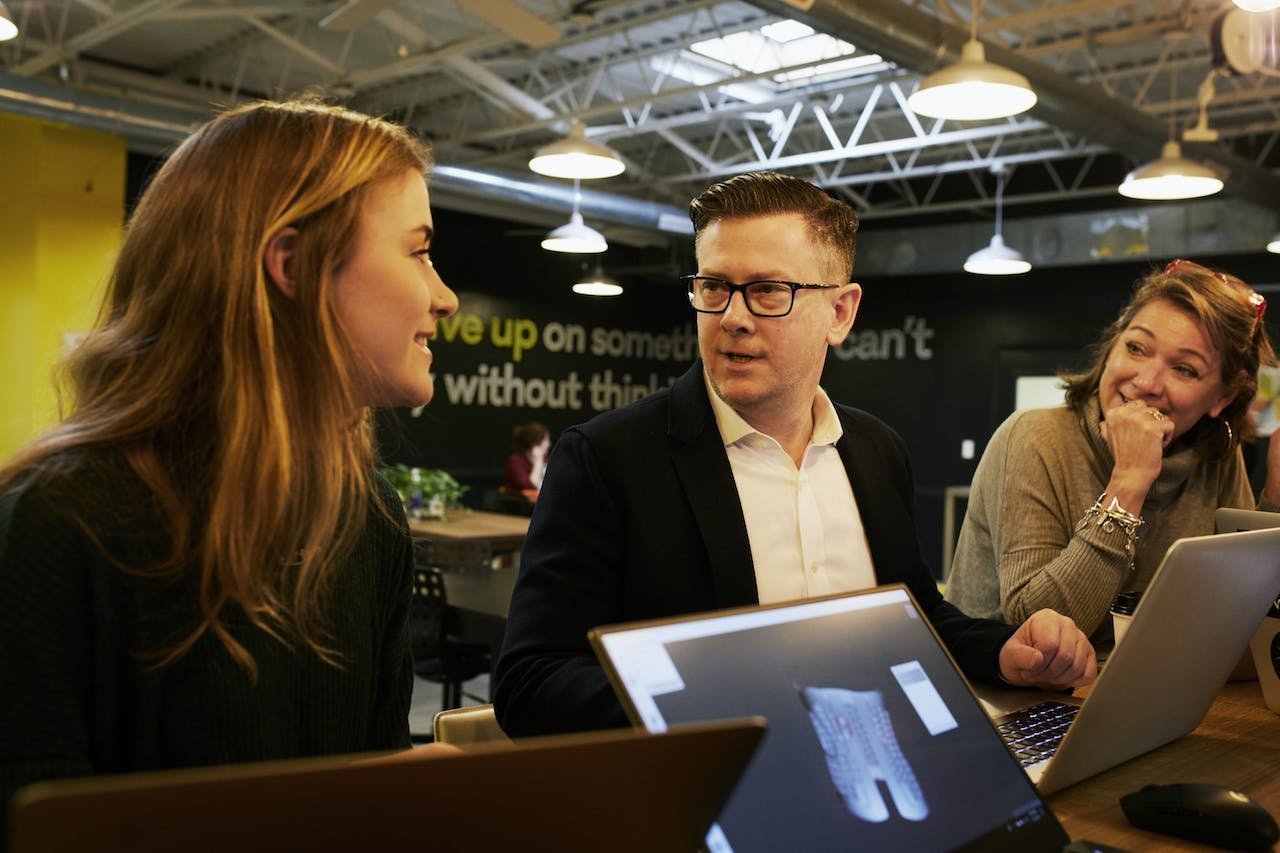Not Doing THIS is Sabotaging Your Events
Our take on fundraising events can be somewhat controversial in the way that we do not think that you should have them in almost all cases. If you google “fundraising ideas”, almost everything you see will be every type of fundraising event under the sun. The harsh reality often overlooked is that events are, dollar for dollar, the most labor-intensive and most difficult way to raise funds. It's a controversial take, but hear us out: if you have to have fundraising events, the best fundraising potential of any fundraising event isn't the event itself—it's the follow-up.
The Misconception of Event Fundraising
Many nonprofits fall into the trap of seeing the event as the endpoint of their fundraising efforts. They pour resources, time, and energy into creating a spectacular night, hoping the event will generate enough revenue to justify the investment. While events can indeed bring in funds, they seldom offer the best return on investment when you calculate the time, effort, and resources spent. Objectively speaking, fundraising events are far and away the hardest way for a nonprofit to fundraise.
The Real Goldmine: Contact Information
The real treasure trove of any event lies not in the immediate donations but in the contact information collected, paving the way for future engagement. Neglecting to gather attendees' details is akin to throwing away your seed corn. It's a critical mistake that sabotages the long-term fundraising potential of your nonprofit.
Here's the truth: the best source of revenue from an event is the follow-up. It's in the relationships you build afterward, the one-on-one solicitations that are far more effective and revenue-producing than any event could ever be.
If You Must Have Events...
Listen, we get that sometimes for one reason or another fundraising events are going to happen and that it might be out of your control. So if you're going to host one, go in with eyes wide open to the realities of event fundraising. And more importantly, have a robust plan for collecting contact information.
How to Collect Contact Information Effectively
Registration Forms: Make them simple yet mandatory. Capture the essentials: name, email, phone number, and perhaps a tick box for those interested in further involvement.
Digital Check-In: Use tablets for check-in at the event, making data collection seamless and reducing the risk of losing information.
Networking Apps: Leverage event networking apps that allow attendees to share their contact details with you directly.
Incentives: Offer some kind of freebie for those who provide their contact information.
The Follow-Up: Turning Contacts into Contributions
Collecting contact information is just the start. The magic happens in the follow-up. Personalized emails, phone calls, and even handwritten notes can transform a one-time event attendee into a lifelong supporter. The key is to cultivate these new relationships with care, showing the impact of their potential contributions and how they can be part of something truly transformative.
While the fundraising events might be the norm when it comes to the perceptions of nonprofit fundraising, it's crucial to recognize their harsh limitations and opportunities. By focusing on collecting and leveraging contact information you're laying the groundwork for sustainable fundraising success the best that you can. Remember, the real event victory isn't in the funds raised that night but in the relationships nurtured in the days, weeks, and months that follow. Don't let the opportunity to build these connections slip through your fingers; it's the follow-up that turns attendees into donors, and donors into devoted advocates for your cause.
Is your nonprofit stuck in an event-based fundraising model? Trust us, you aren’t alone! There is a better way. Send us a message and we would love to learn how we could help your nonprofit.

